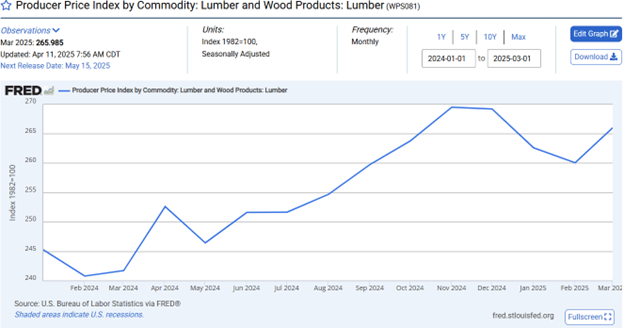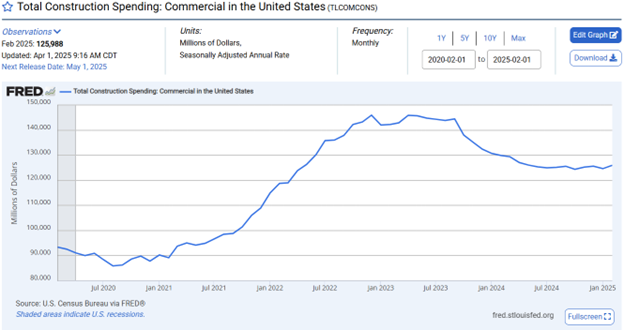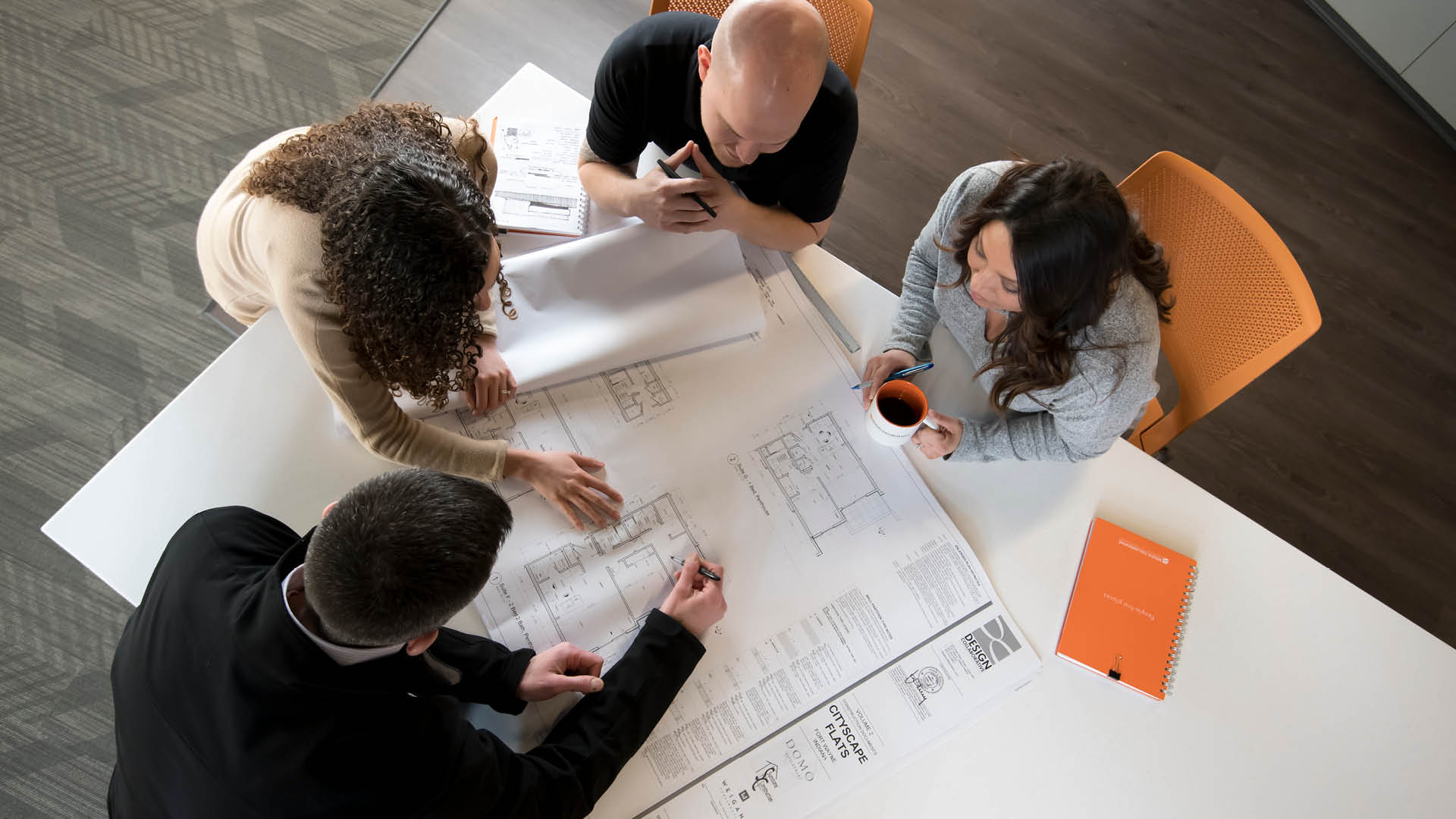Construction Costs in 2025: Tariffs, Uncertainty, and What Comes Next
By Thad Berkes
May 1, 2025Post Tagged in
How tariffs are influencing construction costs—and what you need to know.The start of 2025 has introduced increased pricing volatility and reduced predictability due to changing tariffs and international trade policies. These shifts are significantly influencing material costs, supply chain timelines, and overall project budgets. The construction industry must stay ahead of these changes and remain agile for successful planning and execution. |
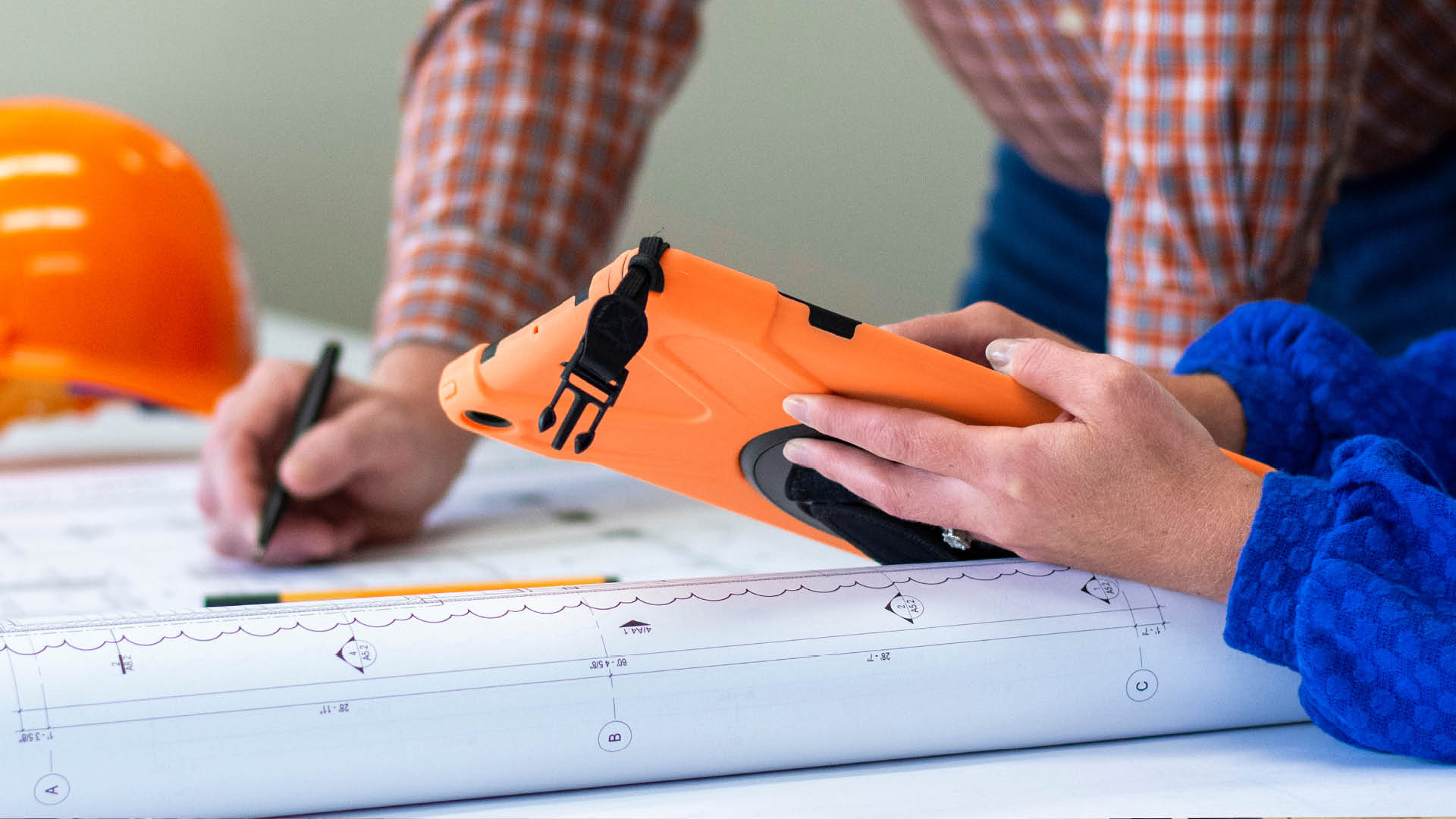
|

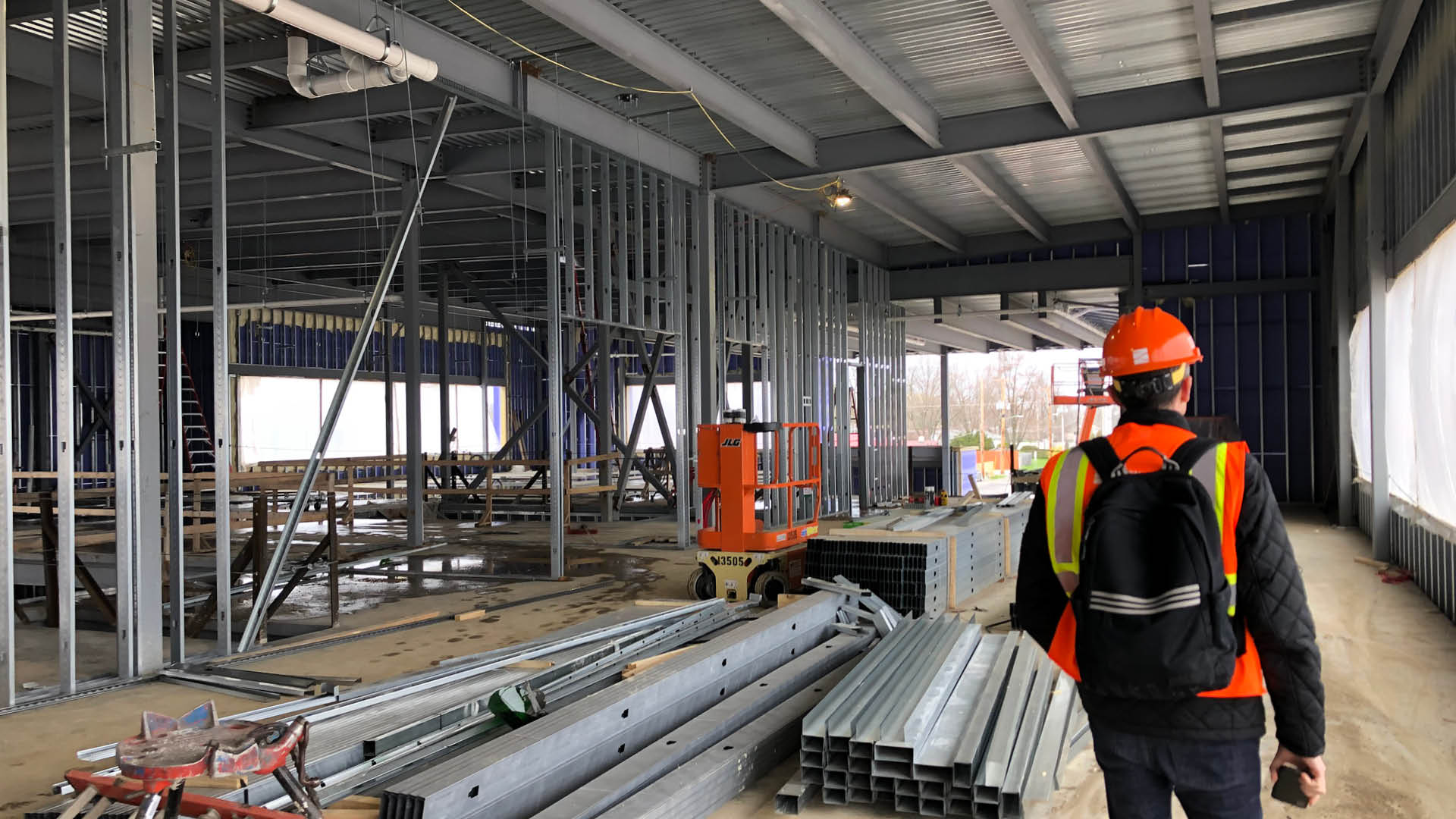 |
How Tariffs Are Impacting Construction Costs in 2025One of the most influential factors behind rising construction costs in 2025 is the evolving trade landscape. Recent trade actions have expanded in scope, affecting a wide array of building materials. Unlike previous years—when tariffs were more narrowly targeted—today’s policies are broader, touching industries from lumber to solar energy. This has created a pricing environment where construction bids are valid for shorter periods, and cost planning requires greater agility. For firms operating under tight financial constraints or fixed funding, this uncertainty can add considerable pressure to project delivery timelines. |
